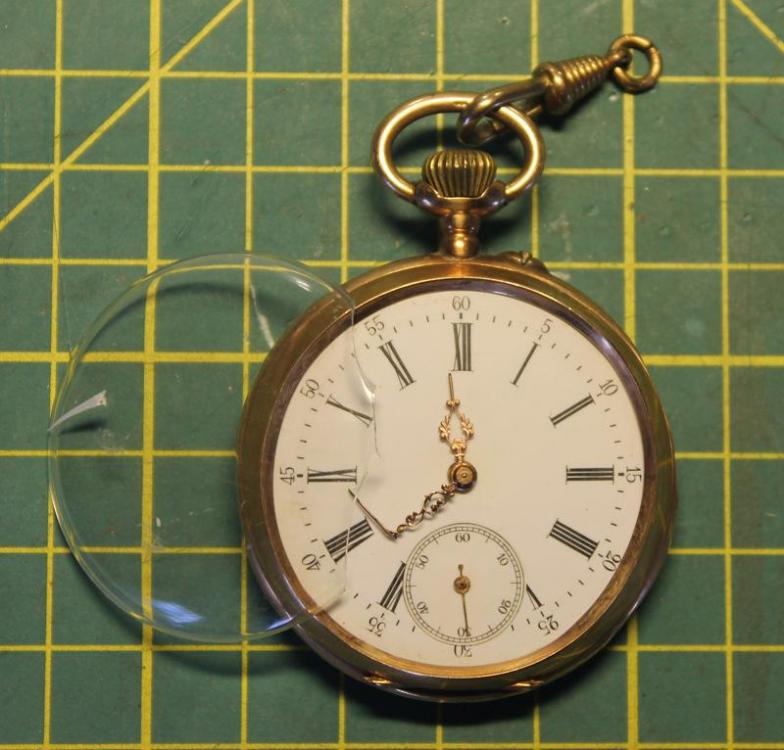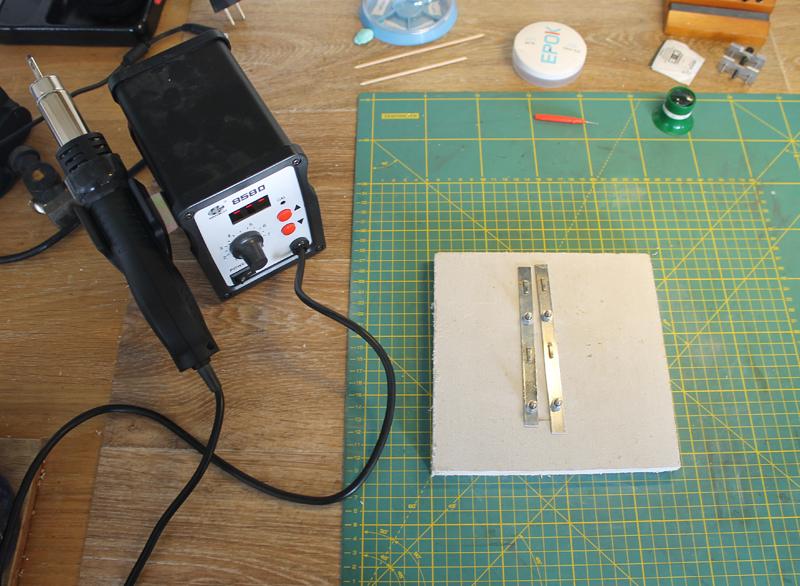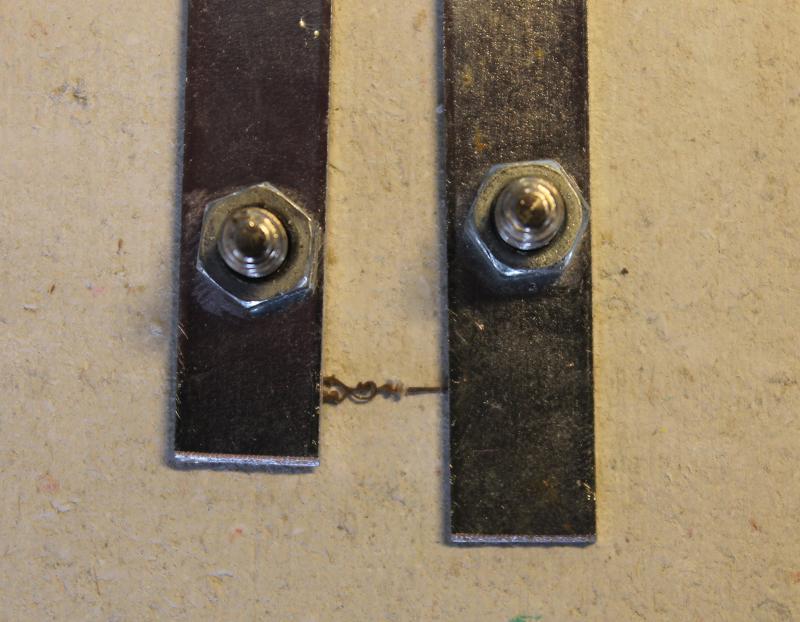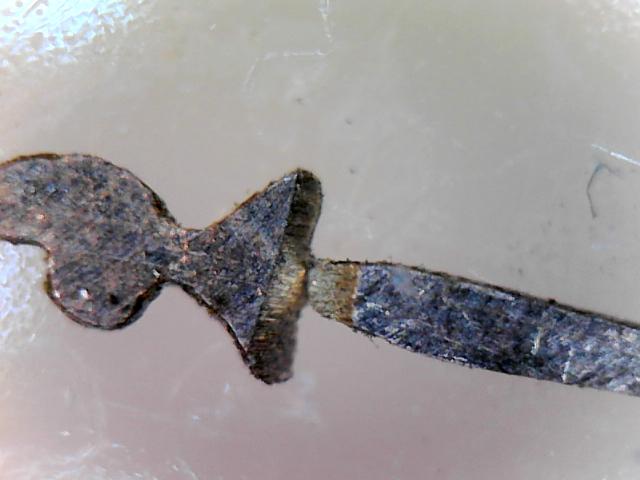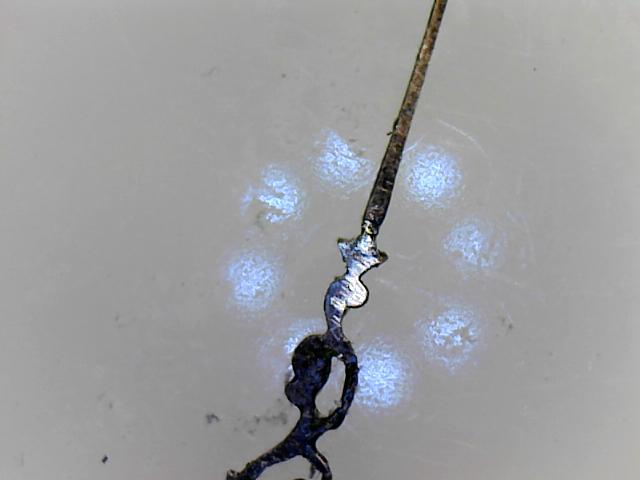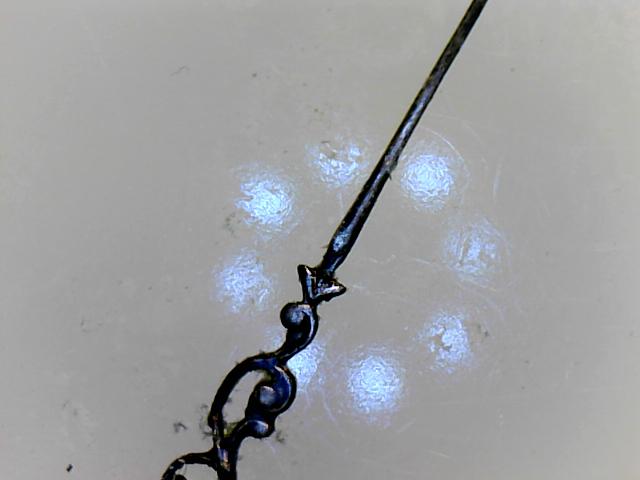Leaderboard
Popular Content
Showing content with the highest reputation on 02/27/19 in all areas
-
In my experience, the "Pro" will only do what makes money, and repairing a heavily damaged item wont make any money. Furthermore if spares are hard to come by, or there are other roadblocks on the way to fixing the thing, then they would say it is beyond (economical) repair. My philosophy is different, so far as I am concerned, *anything* can be repaired if you are prepared to throw enough time and money at it. I have fixed up a bunch of watches that were not worth repairing from a commercial standpoint, but which I found fun and interesting to fix. Cheap EB8800 pin lever based watches for example, are not worth the trouble of getting working, unless, like me, you are doing it for your own amusement. The spare parts cost more than I am spending on the whole watch, so I rob parts from donor movements, and clean and service stuff that any "pro" would consign to the bin. At the end of the day, I have the satisfaction of owning something interesting and possibly in some cases unique, or at least increasingly rare, as more and more of these old time pieces are consigned to landfill. Along the way, I am learning, and keeping the old grey cells active. It sure beats vegetating in front of the constant stream of drivel being churned out by the mainstream media.2 points
-
Thought it may be worth to share; I received a pretty beaten up, none-running 1890-1900 cylinder-escapement pocket-watch. It had all sorts of problems, a list too long to go into details. Among those problems was a bend/broken minute hand. It inevitably broke off when trying to straighten it. The center-hole diameter of the minute-hand was 0.5mm and the length was 15mm. The hour-hand had a hole diameter of 2.0mm and the length was 10mm. Searching the internet to find an identical set proofed futile. The watch is a heirloom so originality was a priority. The hands turned out the be made of bronze, a copper-tin alloy. Therefor it made sense to attempt soldering but the part that had to be soldered had a thickness of only 0.3mm. Both parts had to be fixed in place with a sort of clamp capable to fixing both parts, being heat resistant and "none-sticking". A soldering iron, even with the smallest tip, would be far too big for the job and to avoid touching the parts, I choose to use a hot-air gun used in electronics for soldering SMD-components to a circuit-board. A few test were made which tin to use and at which temperatures. 300 degrees C with tin used in electronics seemed to work fast and made the tin to flow nicely. I used a soldering flux-paste. The clamp consisted of two metal rails, slightly diverting from each other to give many clamping options, bolted on a plate of gypsum. Pulling over a #1000 grid sand paper, I made two 45 degrees chamfered edges on either end of both parts; The two parts were clamped in; Applied some soldering flux, heated it all up to 300 deg.C and applied a tiny bit of tin. Once cooled down, I removed some excess tin with a small diamond file. Here a picture of the back side of the minute-hand; And here the front; the tin didn't flow further away from the soldered joint or around the edges Most likely not the strongest repair in the world, but when not touched it should be strong enough to do the job. On the picture the hand color looks black, but that's due to the lighting. In reality the hand hasn't lost any of its shiny patina at the front ...... Anyway, I thought to share this repair as one of the many different possibilities1 point
-
Perhaps the "older" WRT-members remember that I, as a watch-novice (which I still am) back in begin 2016 serviced my own Rolex Submariner (3135). After putting myself through a rigorous training on two ETA 2540 / 2541, 17mm ladies watches, the Rolex 3135 was next. That caused, rightly, some stir on the forum. Before the service I build Stefans Watch-O-Scope to test the end results and to do some adjustments if required. With the excellent video of Mark, servicing a 3135, I performed the service. There were some heart-stopping moments, especially when at the end, while adjusting the daily-rate with a Microstella tool, my right-hand holding the balance-wheel with tweezers started doing his own thing and I bend the hairspring at the stud. Luckily that I could fix......... After the service the Watch-O-Scope signal looked horrible. The beat-error was in different position all over the place. We had endless discussions on the forum about what to do and what was next. Despite the poor W.O.S results, the Rolex ran constantly +2 or +3 seconds a day. Other attempts on the Watch-O-Scope proofed futile and for a long time I've been thinking about admitting defeat and to get the Rolex fixed by an official Rolex service point. That was until today. Even through I was quite happy with the W.O.S. results on all my other watches, I decided (after repairing a heirloom pocket-watch and the owner donated me some extra) to buy the Chinese Weishi 1000 timegrapher. Knowing how the Rolex raw-data looked like on the W.O.S. screen, I didn't expect the Weishi 1000, which came today, to make much sense out of it either. The proof is in the pudding they say, so one of the first watches to test was my Rolex. To my surprise the Weishi 1000 picked the 28800 bpm signal correctly and without any problems up. Even better, and to my big relieve !, the Rolex runs actually quite good. I hadn't worn the Rolex for a least two weeks, so it was cold and had to be hand wound. Lift angle set at 52 degrees. Dial Up: -7 s/d, 294 degrees, 0.1 ms Dial down: -7 s/d, 292 degrees, 0.0 ms Crown down: -3 s/d, 272 degrees, 0.0 ms Crown up: -2 s/d, 278 degrees, 0.2 ms. I know that when worn, the Rolex runs +2 to +3 s/d constantly. This get to show, as @JohnR725 keeps saying with timegrapher signals; Rubbish in = Rubbish out. To my big relieve it also shows that I didn't ruin my Rolex and that it actually runs very fine....... no need for a new balance staff or an official Rolex service, saving me at least a $1000 and giving me a peace of mind. I've been very happy with the W.O.S and it still has its place. The Weishi 1000 however ....... It thoroughly impresses me ! I like to thank everybody for their input a few years back and just in case there were still some members out there wondering & worrying about my novice Rolex "endeavor", we can now put this aside and all sleep well Cheers: Roland.1 point
-
Yes the part you have circled is the regulator arm and if the watch is running slow you need to move it toward the + this will move the regulating pin and in effect shorten the hairspring making the watch run faster. You should be very careful and gentle when doing this, I would be tempted to move it directly to the centre position because it has already be adjusted to run slower. Has your watch been running accurately up to now ? it may be time to service the movement. A watch timing machine greatly assists any adjustment of this type.1 point
-
Hi and thanks for the feedback! Rogart, if you should stumble on something in your drawers, please get in touch. Maybe we can work something out? Generally I find these issues of finding parts that works across versions troubling. There are so many if’s and but’s and I don’t like the feeling when ordering a bunch of parts that sum up to several times more than what I paid for the watch in the first place and possibly finding out they won’t actually fit. One of these things is the N extension that HSL mentions. I have seen the same thing from other manufacturers. First I thought this related to the intro of inca but that doesn’t seem to be the case. Ranfft is just hinting that this has to do with ”modified design to balance and staff” but nothing regarding consequences and compatibility across versions. My best bet is probably to hunt for a replacement or donor movement. As long as I find a working one from the same basic family I hope it will fit the dial and case I have? Sent from my iPad using Tapatalk1 point
-
What a great philosophy!! At one point, I had myself convinced that perhaps I was too old to do any real watch repair. I've found that my hands are still steady enough to remove and install a balance cock or a set of watch hands. I'm constantly studying horology with a keen interest. I don't watch enough television to justify owning mine. It's paid for so it can stay as I do watch the occasional PBS program.1 point
-
For your pocket watches there is lot's of info here as I'm sure you've already realised. In particular one of the guys here @jdrichard is a restorer of PW's and a bit of a whizz on a lathe when you need to see how to make a balance staff or something.1 point
-
1 point




